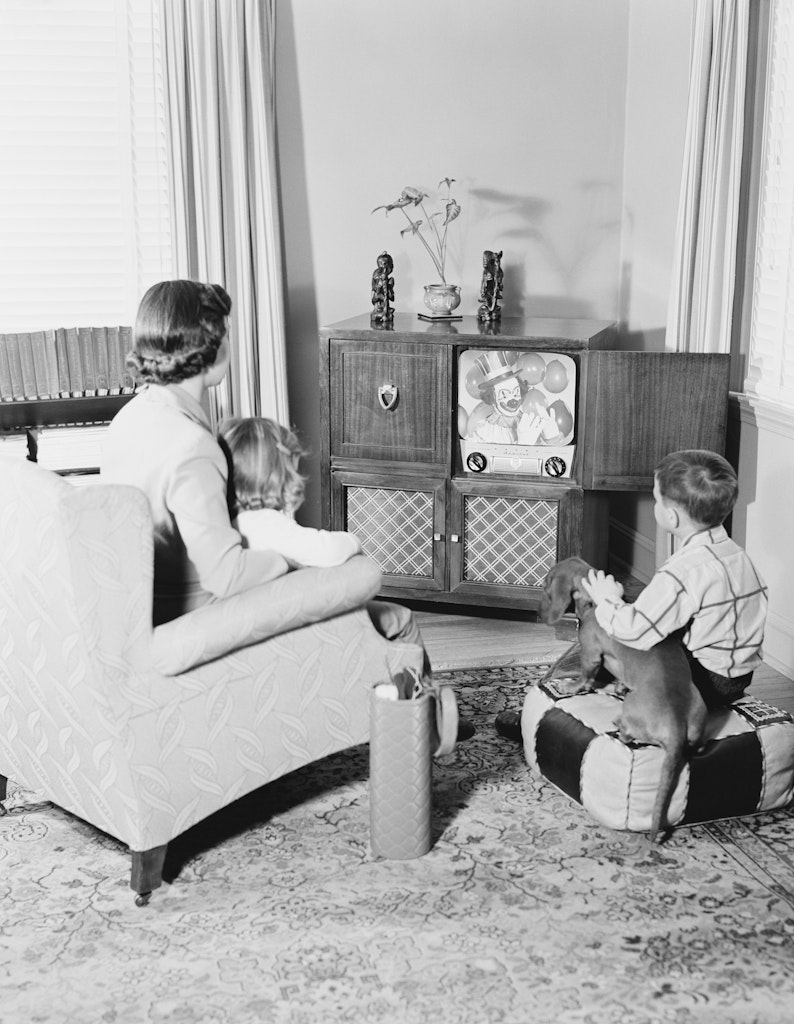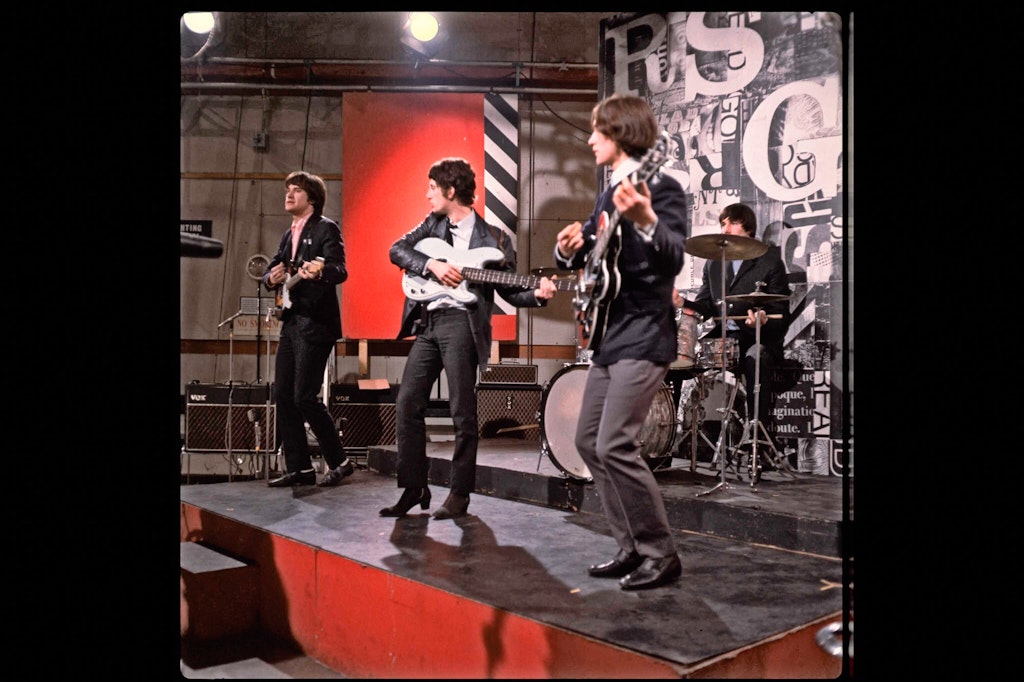Antisocial media
Welcome to the age of the TikTok thug and the home invasion influencer
What’s the big deal about Mizzy? Surely one idiot 18 year old doesn’t merit the full glare of the British media, you may be thinking (at least if you haven’t been paying attention). Certainly the Guardian didn’t seem to think so — lagging two days behind reporting of the story in the Daily Mail, Telegraph, Independent and BBC. We at the Critic were kind enough to point this out and the Guardian have since seen fit to lower themselves to the story — an unhelpful distraction no doubt from more serious stories their exhaustive coverage of Philip Schofield’s departure from British breakfast TV.
Mizzy’s actions are profoundly serious
One reason to care, is that despite claims to be a mere prankster, Mizzy’s actions are profoundly serious, terrifying to his victims, and suggest an escalating pattern of behaviour that could very plausibly lead to greater crimes. In a series of videos clearly intended to menace his targets, he decided to steal a dog from an old lady, burst into the home of a young family, and, in one truly shocking incident, comes up to a woman alone at night and asks her if she wants to die. It’s obvious, taken together, that these incidents are not pranks taken too far, but deliberate and calculated attempts to terrify and intimidate innocent people, often women, children or the elderly.
Anyone who has been subject to what we often euphemistically call “anti-social behaviour” and middle class columnists like to frame as teenagers with “too little to do” (blame the closed youth centre or something), knows all too well what Mizzy is up to. It’s the local drug addict who always follows you late at night, leering. It’s the teenagers who let their pitbull bark and snarl at you, smirking all the while. It’s the men who sit outside your house drinking, and stare at you as you walk down the road. Men and boys who take pleasure in the fear of others, often to compensate for absences in their own life — a job, a father, a girlfriend, a future. And sometimes the absence has no obvious explanation — there’s just something missing inside, a hole that demands to be filled, an appetite for brutality and cruelty muzzled but not tamed by modern society.
So what’s so special about Mizzy? He’s got a TikTok channel, on which he proudly posts these petty acts of barbarity for the pleasure of his thousands of followers. And this fact tells a story, an important story, about both the present and future of British society.
In the present, it’s a tale of an unpoliced and anti-social public realm; an increasingly familiar and despairing story of police and judicial passivity in the face of open criminality. Under Blair we reclassified petty crime as “anti-social behaviour” and instead of prison, or a suspended sentence and an ankle monitor, judges handed down things along the lines of “you must not be in the East Shield shopping centre after 10pm”. ASBO recipients, having been briefly hauled up, generally swiftly resume their trajectory towards criminality, creating more victims in the process.
Mizzy, having spent months openly terrorising people, was, amidst national attention and outrage, given the successor to the ASBO — a CBO (Criminal Behaviour Order). Shortly after appearing on national TV and complaining that he was the victim of racism, and only two days after receiving his CBO, Mizzy had already breached its terms, having posted yet more videos.
So much for the present — but what does the tiresome tale of narcissism and cruelty tell us about our future? Nothing good. Mizzy has blended street thuggery with online harassment, creating entertainment out of fear and pain. He’s part of a new flamboyant and triumphalist form of bullying and criminality, which finds an enthusiastic audience online.
In a clip, made only hours after the court judgement, Mizzy and a friend denounce his detractors as “Karens”, claiming you can’t believe what you see on the internet, and that “reality is an illusion”. Lying fluently to credulous teachers and authority figures is a common feature of playground bullies, a dynamic that has arrived on streets and social media feeds, especially in the wake of America’s BLM movement.
The language of “Karens” was reminiscent of another incident in the states, also involving black youths. Dubbed the “Citi bike Karen” by the internet, the woman at the centre of the incident was denounced widely as a racist endangering black lives following a clip showing her arguing with a black man over a bike. As several young men tower over her, the pregnant medical assistant breaks down crying as people around her film.
Following the clip going viral, the New York hospital that she works at suspended her; soon after that her lawyer released receipts showing she had paid for the bike. The 17 year old young man’s family claim that he was holding the handles of the bike, having “redocked” the bike, and that he and his friends were the victims. The boy’s mother further claims that “Everyone is taking her side because she is rich, and she is white, and she hired a lawyer, and the lawyer is defending her”.
The dispute has become immediately politicised and racialised, and both individuals involved have already raised tens of thousands of dollars through GoFundMe appeals. Regardless of the truth of the individual case, the way it is being used and interpreted is deeply worrying. An article in the Root headlined “White Women Who Act Like ‘Karens’ Should Be Called One” arguing she “intentionally used her identity as a white woman to endanger the life of a Black person” and comparing her to Carolyn Bryant, a woman whose false accusation lead to a lynching.
“Karen” is obviously a sexist concept, one that plays upon stereotypes of shrill, dishonest women who lie about rape and sexual harassment. If any of these stereotypes were employed in any other context progressives would be rightly horrified.
America’s poisonous racial politics and the growth of a nihilistic “anti-carceral” politics that seeks the abolition of police and prisons has spread worldwide, in no small part due to the influence of social media. Words like “Karen” now fly from the lips of British criminals cynically using their race as a shield from accountability for their actions, a weapon for bullies everywhere to wield against women who dare to complain or make a fuss. Any woman who does stand up for herself, or dares to get upset or angry, can now expect a camera shoved in her face.
The era of everyone having a camera and a film editing suite in their hand is often presented as one of liberation and accountability. A recent Facebook advert shows a young man sexually harassing women on the tube, women one by one get up and start filming; the man, realising he is going out live meekly sits back in his seat, and is arrested by police at the next stop. It’s a fantasy at every level — in the real world the police never turn up, and the harassers are the ones with phones in their hands, gleefully filming their victim’s terror and humiliation.
The power of videos and social media to manipulate reality and turn victims into perpetrators in the eyes of the viewer (and vice versa), is very poorly grasped by those in authority, and extremely well understood by criminals and other bad actors. The Silicon Valley utopianism of the panopticon as an instrument of social justice and worldwide liberation still lingers, but the dystopian nature of the digital sphere is already amply evident .
In India, the thing that Mizzy only plays at is taken to its logical and vicious extreme, with vigilant mobs attacking religious minorities and posting it all online: “One of the first things that vigilante mobs do is to snatch phones so the victims are unable to document violence, while perpetrators unfailingly make digital records of their own violent actions and then post it to various social media platforms.” Far from unmasking criminals, such videos act to spread terror, create a culture of impunity, and have a chilling effect on those who might otherwise speak out.
The new social media driven culture of criminal impunity has well and truly arrived in Britai
The new social media driven culture of criminal impunity has well and truly arrived in Britain, and Mizzy is only one example. “Drill”, an openly criminal form of rap music, makes a genre of gangsterism, with violent criminals telling UK courts that their gang symbols are just music references and videos calling for violence against rivals are just catchy songs.
This impunity is being driven by technology and fast-adapting criminals and opportunists, but it requires a second, no less crucial component — the co-operation and acquiescence of media and government. In India, where Hindutva paramilitary violence is a reflection of state ideology, impunity is a direct function of supporters in the police, press and politics. But in Britain and America it stems from the credulity of an establishment that has shown itself willing to submit to external pressure and online hate campaigns. This has occurred in more high status and high profile contexts when it comes to much publicised “cancellations” of academics, speakers and writers, but the same logic when the Guardian regularly defends drill as a wrongly maligned subgenre, or when street thugs who harass and stalk women suddenly start talking about “Karens”.
Collectively we have to grow a spine, and come back to our senses. We need to stop getting played by stories of victimhood, and dare to treat people equally in an age where intersectionality, “decolonisation” and positive discrimination are in vogue. We also need to look beyond the sterile and self-serving logic of the culture war, to the damage and dangers of a virtual world intruding ever more disruptively in the public sphere.
Enjoying The Critic online? It's even better in print
Try five issues of Britain’s newest magazine for £10
Subscribe











